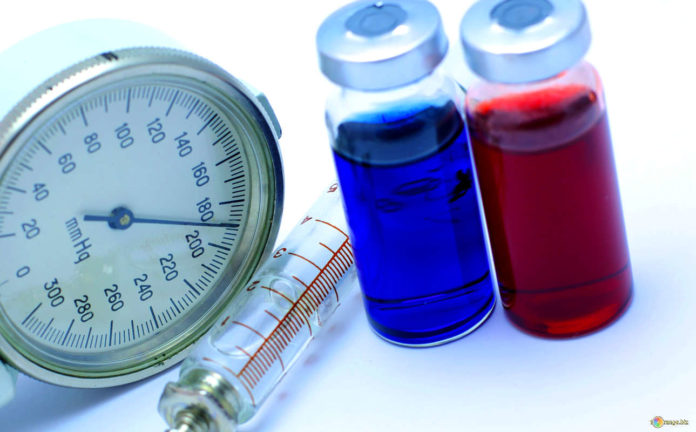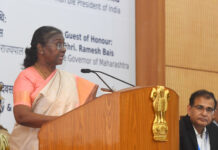
A new study published in The Lancet reports that less than one in three high BP patients receive treatment in the Global South
Healthcare in low- and middle-income countries is poorly prepared for the increasing number of high blood pressure (ie hypertension) disorders. More than two-thirds of all people affected go without treatment, reports a study that appeared in The Lancet.
The Global South is an emerging term which refers to countries seen as low and middle income in Asia, Africa, Latin America and the Caribbean by the World Bank. The Global South includes Asia (with the exception of Japan, Hong Kong, Macau, Singapore, South Korea and Taiwan), Central America, South America, Mexico, Africa, and the Middle East (with the exception of Israel).
A similar study in India showed despite high incidence of hypertension, only 45% of those with high blood pressure know about it and only 5.3% of hypertensive men and 10.9% of hypertensive women aged 15-49 years have their blood pressure under control (i.e., they are taking medications and have a normal blood pressure).
“Hypertension is already most prevalent in regions belonging to the Global South, particularly sub-Saharan Africa, as well as Central and South Asia. Our study shows not only that care for hypertension in these countries is severely inadequate, but also where exactly patients are being lost in the treatment system.”
The research team analysed the healthcare of hypertension in 44 countries of the Global South. First, the researchers determined how many people suffer from high blood pressure. Based on this, they determined how many of those patients were examined, diagnosed and treated each time. Finally, they analysed how many patients successfully controlled the disease with medication.
“Hypertension is already most prevalent in regions belonging to the Global South, particularly sub-Saharan Africa, as well as Central and South Asia,” said Pascal Geldsetzer, postdoctoral research fellow at Harvard T.H. Chan School of Public Health and first author of the study. “Our study shows not only that care for hypertension in these countries is severely inadequate, but also where exactly patients are being lost in the treatment system.”
The results showed less than half of those affected are diagnosed with high blood pressure. Only 30 percent of these patients are treated and only one tenth have the disease under control. “High blood pressure can be treated relatively well and cheaply,” said Sebastian Vollmer, Professor of Development Economics at the University of Göttingen. Undiagnosed or untreated hypertension, on the other hand, is a considerable risk for the people affected and can lead to significant complications, including death.”
Till Bärnighausen, Professor of Global Health at Heidelberg University Hospital and Medical Faculty of Heidelberg, added: “High blood pressure is already one of the major widespread diseases in the Global South and is becoming increasingly common as the populations in these countries age. This study provides important insights for policy-makers about where in the treatment chain for hypertension the greatest problems currently lie.











